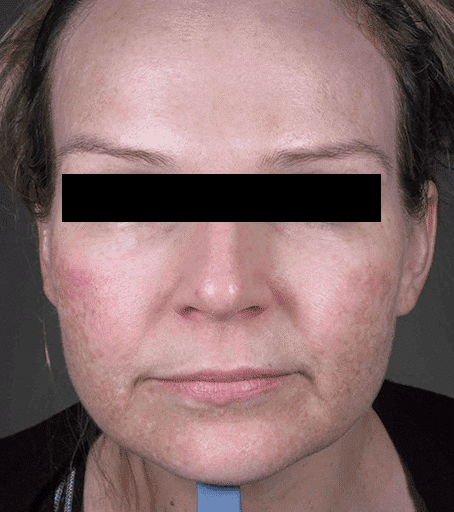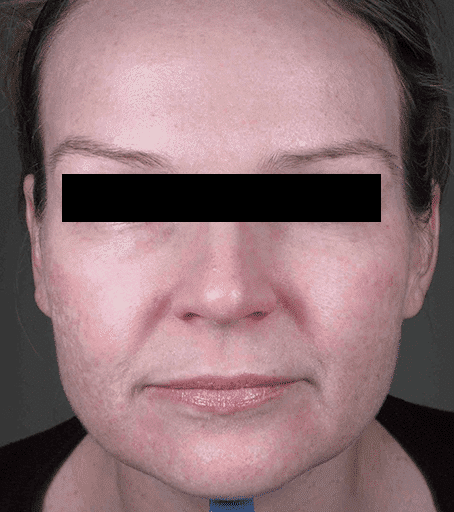
- Keloid and hypertrophic scars often appear on The chest, back, and shoulders.
- These types of scars may arise as a result of Acne, surgical procedures, or spontaneously.
- Our dermatologists utilise a combination of treatments, including steroid injections, pulse dye laser, and Fractional lasers with laser assisted drug-delivery, to effectively treat keloids scars.
- Depending on the cause and type of treatment required, certain Keloid scar treatments may be eligible for coverage by ACC.










Keloid scars are elevated scars that are commonly observed in individuals with darker skin tones. They tend to arise following trauma, such as burns, acne, or surgical procedures like excision or piercings. Many keloid scars display changes in skin color, appearing either red or darker than surrounding skin. Treating keloid scars can be challenging due to the presence of multiple scars at different stages of development. However, our team at Scars and Lasers are experts in treating all forms of scarring, including keloid and hypertrophic scars.

Keloids should be treated if they meet any of the following criteria: -They cause uncomfortable symptoms such as itching or pain.-They are unsightly and noticeable to others.-The keloid is growing in size.

After a thorough examination of the affected areas, your dermatologist will devise a treatment plan tailored to your individual needs. Some of the treatment options we provide at the Scars and Lasers include:
1. Topical treatments, such as anti-inflammatory ointments, silicone gel, or tape.
2. Cryotherapy, which involves using liquid nitrogen to freeze or soften the keloid scar.
3. Steroid injections, which are a highly effective treatment for both hypertrophic and keloid scars. Typically, a series of injections is administered over several months.
4. Lasers, which are effective in reducing the appearance of keloid scars.
5. Candella V-Beam or Alma hybrid with laser assisted drug-delivery.
6.Surgery, which may be recommended for larger keloid scars. This involves removing the keloid and injecting streoid at the excision site.

At Scars and Lasers our dermatologists take a unique approach to scar treatment, utilising different concentrations and techniques. Here are some of the ways in which our approach differs:
1. We typically use higher-strength corticosteroid injections.
2. Our injections are placed more superficially.
3. We often combine 5-Fluorouracil with steroids.
4. Prior to injection, we may pre-treat with cryotherapy or pulse dye laser.
5. We may combine fractional CO2 laser with laser assisted drug delivery.
6. We also use anti-wrinkle treatments to reduce scar contraction."

The number of injection sessions required to reduce the size of keloid or hypertrophic scars varies, but it's uncommon for such scars to be fully flattened in a single session. Generally, patients require 2-6 sessions, and in certain cases, up to 20. To prevent skin atrophy or thinning, injections are spaced 6-8 weeks apart, and it's important to follow your dermatologist's guidance.

Keloid scars result from an excessive production of collagen in the skin and are more frequently observed in younger individuals, particularly among certain ethnicities such as Asians, Africans, and Islanders. Other factors that may contribute to keloid scars include gender, with females more prone to developing these scars than males, as well as the location of the scar, which tends to appear on the upper chest, shoulders, back, ears, chin, and neck. Trauma, such as burns, vaccinations, acne, or surgery, can also lead to keloid scarring. Regardless of the cause, our team at Scars and Lasers have extensive experience treating keloid scars, and we offer a range of treatment modalities to help improve the appearance of these scars. Our dermatologists can provide advice and guidance to help you achieve the best possible outcome.

Ear keloids are commonly observed in young patients, and are often associated with ear piercings. These keloids can occur at the front, back, or both sides of the ear, and tend to appear more frequently on the cartilage part of the ear. To treat ear keloids, we remove the keloid and its base through a surgical excision. It is particularly important to ensure that the keloid is fully removed. Ear keloids require special post-operative care, involving compression of the area for a period of 3-6 months. This compression can significantly reduce the risk of recurrence, with a reduction rate of up to 85%.

While it is possible to surgically remove keloids, there is a high likelihood that they will grow back, and potentially even larger. In cases where keloids are resistant to treatment, they can be excised; however, recurrence is a significant concern.

Preventing keloids is generally much easier than treating them. If you are susceptible to scarring, it's a good idea to consult with a dermatologist before undergoing surgery. This is particularly important in the case of caesarean section scars, which can often result in significant scarring. Informing your surgeon that you are prone to keloids is essential. There are specific suturing techniques that can be used to reduce the likelihood of scarring. By taking a proactive approach to keloid prevention, you can significantly reduce the risk of developing these scars and minimise the need for treatment. If despite this, scarring occurs, treatment with vascular laser will have a significant impact.

Yes, it is possible to get a tattoo if you are prone to keloid scarring, but it's important to discuss your condition with your tattoo artist first. Keloid scars resulting from tattoos are more commonly observed on the chest, shoulders, and back. In some cases, a test spot can be performed to determine whether you are susceptible to scarring. It's worth noting that heavy lines, which involve deeper ink penetration, have a higher risk of scarring than lighter shading. If you're concerned about keloid scarring post-tattoo, dermatologists can provide helpful guidance on mitigating scarring using topical anti-inflammatories and silicone tape.
For all appointment enquiries, medical referrals and urgent enquiries please contact us at info@scarsandlasers.co.nz or (09) 524 5011.
